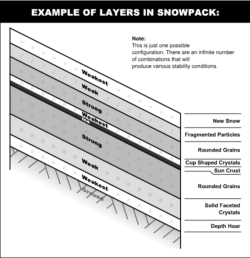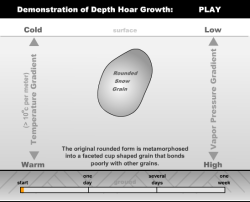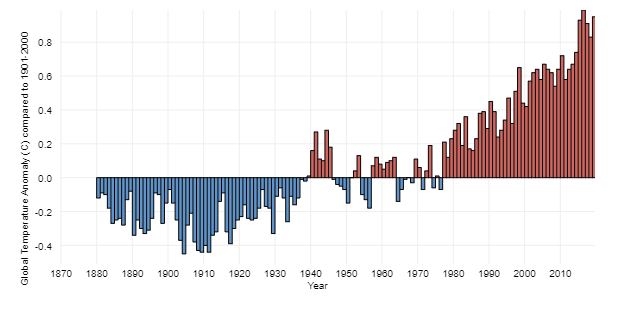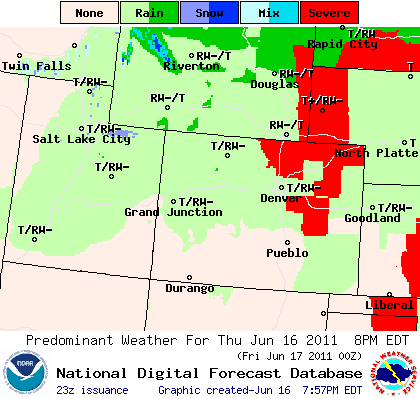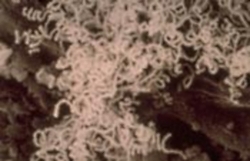
the filamentous structure of
actinomycetes
Photo Courtesy:
Soil Science Society of America
Spring is my favorite season. I love watching our landscape turn from brown to green, the first butterfly sighting, and the rain. During a recent April shower, I stepped outside and inhaled that magical springtime scent – the smell of rain. Which got me thinking – what is that smell, anyway?
What seems like a simple question, begs a complicated answer. That smell, however, does have a name – petrichor – and there are many things that contribute to its scent. One of the biggest culprits may actually be soil bacteria – mostly from the genus actinomycetes – which grow in unfathomable concentrations in soils all around the world. These bacteria play an important role in decomposition and soil health. Periods of relative dryness trigger their reproductive cycle, causing the production of spores, which are considerably more drought-tolerant. When rain finally does fall, the spores are launched into the air, where they may eventually reach our nose. Scientists have identified the chemical compound responsible for the spore’s odor and have named it geosmin, which literally translates to ‘earth smell.’
Humans noses are particularly sensitive to geosmin, but we’re not the only ones. Camels, too, are sensitive to its smell and some scientists believe this helps them find oases in the desert. Our ability to detect this odor might be a throwback to our nomadic ancestors for whom finding water in a vast landscape was of utmost importance.
But the scent trail doesn’t end with geosmin. The chemical compound ozone may also be a part of petrichor especially after a thunderstorm, as ozone is produced by lightning. Another aroma is provided by chemicals called volatile oils which are produced by all plants, and which collect on the ground during dry periods. With rain, they evaporate into the air, contributing to the musty, earthy odor. Acidic rain has also been shown to create scents by reacting with chemicals on the ground such as spilled gasoline. And further complicating the matter is the fact that rain hitting the earth throws dust and other particles from countless sources into the air.
If all of these smells are around us all the time, why is it that they are distinctly associated with rain? The answer lies in the properties of odors and how they travel. Everything that produces a scent is releasing chemical compounds into the air. The ability to evaporate – or volatility – of these compounds increases with the heat and moisture levels of the air around them. The humid air that produces rain creates ideal conditions for conveying scents to our noses.
In the end, it’s not the rain itself that causes odor, but the interaction of water and a number of chemical and organic compounds. Test this theory at home by throwing a bucket of water on the lawn or a hot driveway to see if you can recreate the smell of rain. Likewise, smell a stick, leaf, or rock when it is dry, then wet it and see how the odor changes. For those seeking answers to the origins of the smell of rain, it’s often best to follow your nose.
Thank you to the Rocky Mountain Power Foundation for supporting the research and development of this topic.
For the Stokes Nature Center and Wild About Utah, this is Andrea Liberatore.
Credits:
Images: Photo Courtesy Soil Science Society of America
Text: Andrea Liberatore, Stokes Nature Center in Logan Canyon.
Special thanks to Joel Martin from the Utah Climate Center
Additional Reading:
National Public Radio (2007) The Sweet Smell of Rain. All Things Considered, August 11 2007. Interview of Dr. Charles Wysocki by Debbie Elliott. Transcript available online at: https://www.npr.org/templates/story/story.php?storyId=12716163
Gerritsen, V.B. (2003) The Earth’s Perfume. Protein Spotlight, Issue 35. Accessible online at: https://web.expasy.org/spotlight/back_issues/035/
Gerber, N.N, and Lechevalier, H. A., (1965) Geosmin, an Earthy-Smelling Substance Isolated from Actinomycetes. Applied Microbiology. 13,6. Accessible online at:
https://www.ncbi.nlm.nih.gov/pmc/articles/PMC1058374/pdf/applmicro00362-0105.pdf
Live Worldwide Network for Lightning and Thunderstorms in Real Time, Blitzortung, https://en.blitzortung.org/live_lightning_maps.php?map=30

